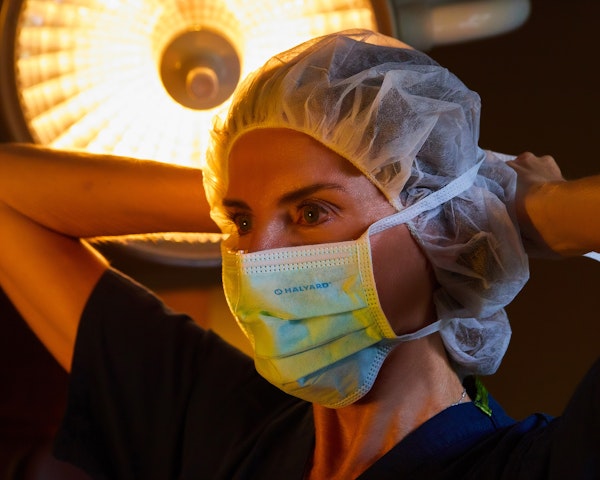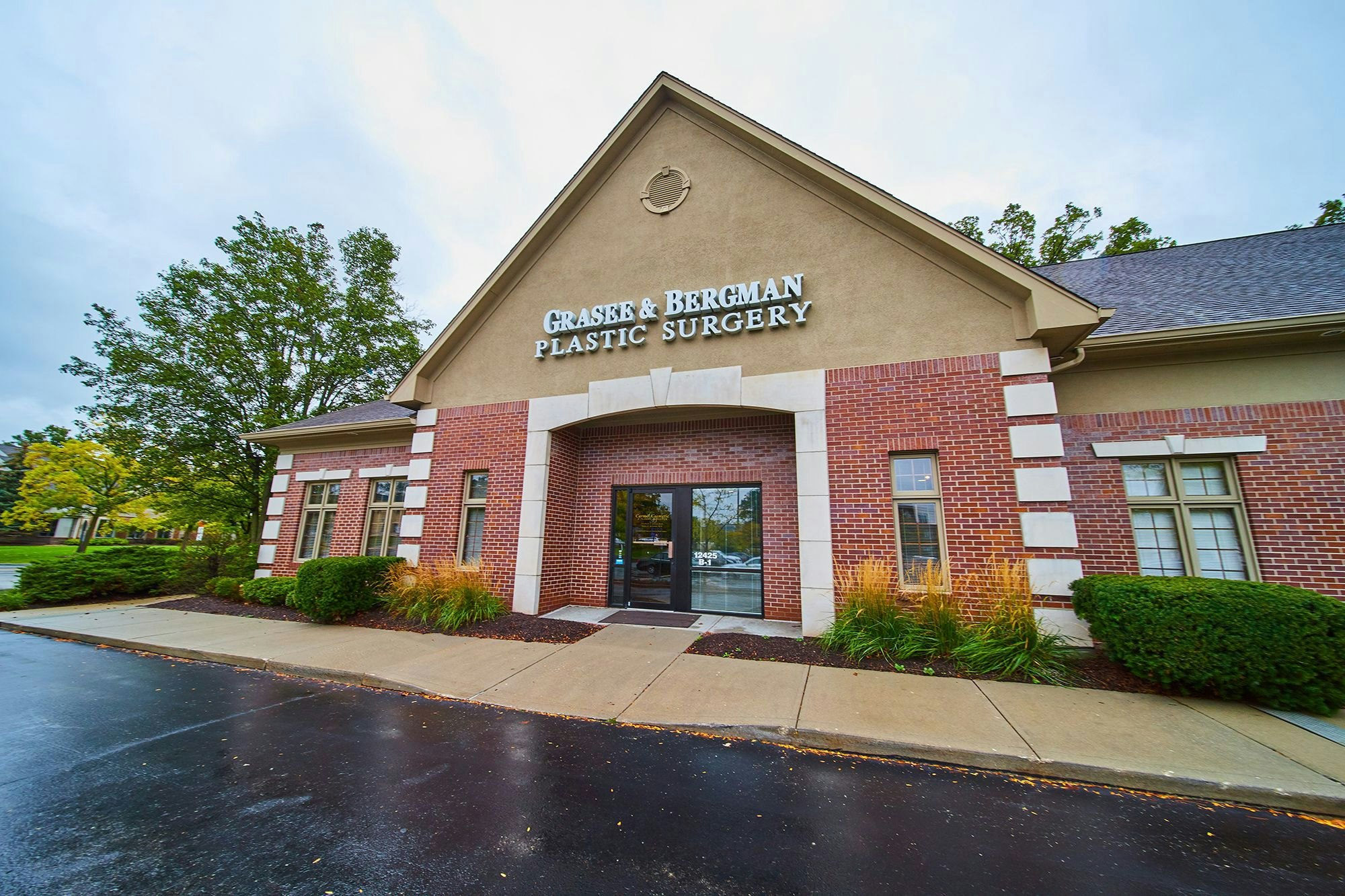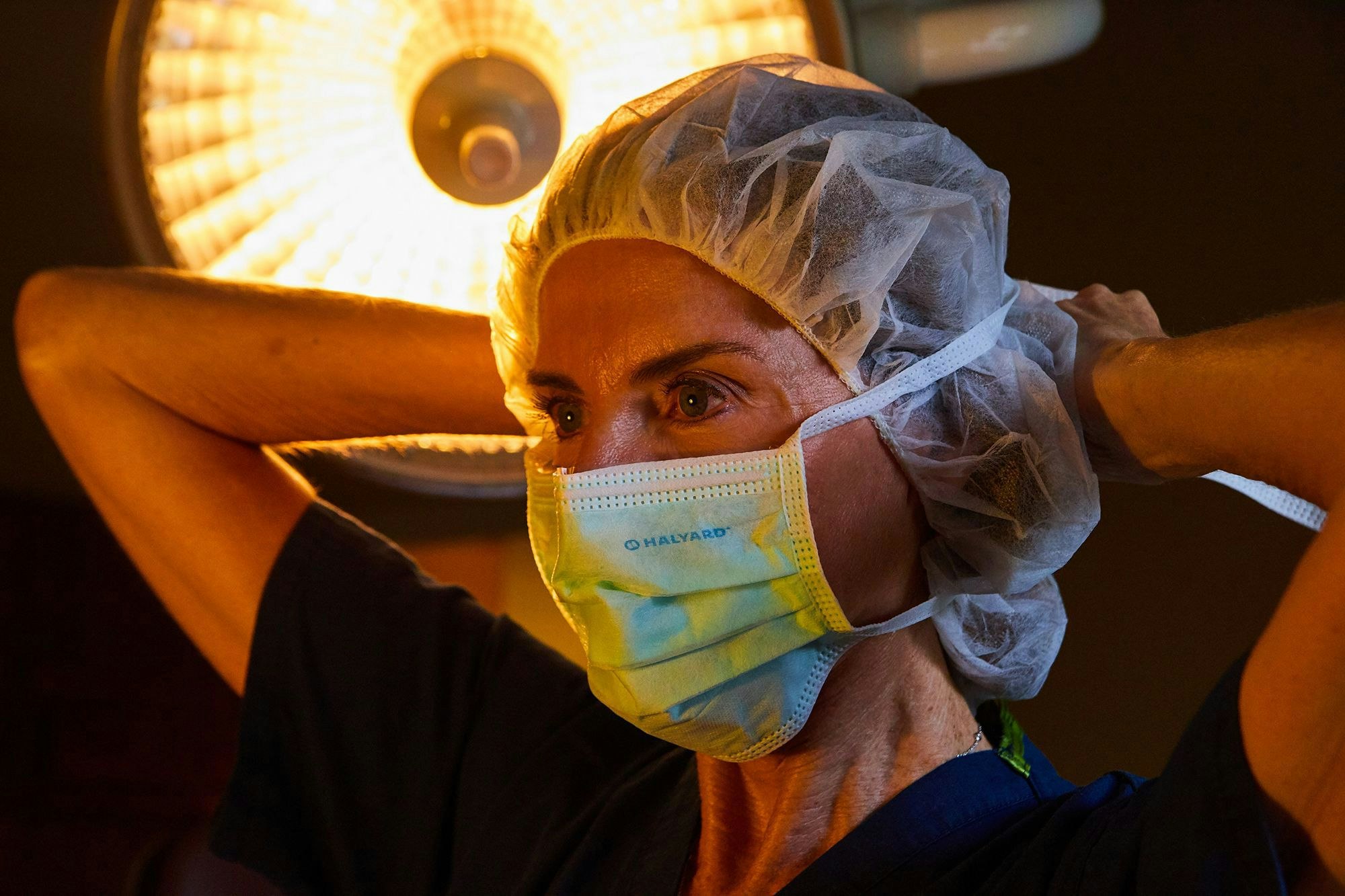Breast Augmentation
Many women are unsatisfied with the size and appearance of their breasts.
At Carmel Cosmetic and Plastic Surgeons, we can increase the fullness and projection of your breasts with implants.
See how breast augmentation at our office serving Indianapolis, IN, can improve your confidence and appearance.

Top Benefits of Breast Augmentation
Increased Volume
Many women are dissatisfied with naturally small breasts or breasts that have lost volume as a result of pregnancy or age. With breast implants, we can increase the breast size to give the body a more balanced proportion. Furthermore, by adding volume to the breasts, the waist often looks thinner by comparison.
Improved Shape
Some women lack fullness in certain areas of the breast which can result in a conical, uneven, splayed, or atrophic appearance. Receiving breast implants can improve your breast shape for a fuller and more symmetrical appearance.
Better-Fitting Clothes
Most bras and bikini tops are made for rounded, perky breasts. Finding undergarments and bathing suits that fit properly or comfortably can be difficult for those who do not have this shape. After adjusting the size and shape of the breasts with implants, you can choose from a broader range of clothing options.
Want to See Our Real Patients' Results?
Achieve Your Aesthetic Goals At Our Office in Central Indiana
Breast augmentation is one of the most customizable plastic surgery procedures available. That is why it is so important to choose a surgeon who understands your concerns and goals.
Dr. Debra C. Bergman and Dr. Elizabeth A. Grasee are board-certified plastic surgeons with more than 15 years of experience performing breast augmentations in Indianapolis and Carmel. They can help you choose the best breast implant type and surgical approach needed for your cosmetic goals.
To explore your options, contact our practice online or call our Carmel plastic surgeon office serving Indianapolis and beyond:
(317) 581-0001
"Flawless Breast Augmentation by Dr. Grasee! I cannot recommend Dr. Elizabeth Grasee enough for anyone considering breast augmentation. Dr. Grasee provided me with natural, perfectly sized and shaped results that exceeded all of my expectations. From the outset, she was attentive, understanding my goals, and delivered exactly what I envisioned. The process was smooth, the care exceptional, and the outcome stunning. If you want a surgeon who masters the art of natural-looking enhancements, Dr. Grasee is the one to trust. I am thoroughly impressed and deeply grateful for her expertise. Thank you, Dr. Grasee, for a five-star experience and results that truly speak for themselves! ⭐⭐⭐⭐⭐"
Genny Molero
Choosing the Right Implants and Other Factors of Breast Augmentation Surgery
Most of your breast augmentation options depend on the results you want, such as choosing round implants for fuller breasts. Some options work best when matched with certain body types, such as using high-profile breast implants for patients with narrow chests. Other choices are based more on personal preference and have less impact on the visual results, such as the use of saline implants versus silicone implants.
During a consultation at our practice just north of Indianapolis, our surgeons will recommend some surgical options, including the type of breast implant to use, placement of the implants, the incision approach, and other aspects of surgery.
Explore Your Surgical Options With Our Central Indiana Plastic Surgeons
Dr. Bergman and Dr. Grasee can combine procedures like augmentations and lifts to achieve the best results. They can improve the size and shape of your breasts to balance your figure and encourage more a positive body image. We perform breast augmentation at an accredited outpatient surgery center or hospital in the Indianapolis and Carmel area.
Request a consultation with our skilled and award-winning doctors by calling our office at:
(317) 581-0001

"Going into Dr. Bergman’s office for the first time I was extremely self conscious and uncomfortable seeing my own reflection in the mirror. My goals were to always have a breast augmentation and a tummy tuck done as a reward for all of the hard work put into reaching my fitness goals... After surgery I looked in the mirror for the first time and was overwhelmed with emotions because I absolutely loved the woman I saw in the mirror after years of not loving the way I looked. I would highly recommend Dr. Bergman and her team to anyone seeking plastic surgery."
Whitney Little
Plastic Surgery Timeline for Breast Augmentations
Patients see the results before they even leave the building.
Making Your Recovery Easier After Breast Augmentation Surgery
The breast implants will continue to settle in the next several weeks as the surrounding tissue heals around them. Our doctors may provide you with a support bra to aid in recovery. Some patients may experience swelling and discomfort following the surgery, which can be managed with medication. These symptoms should start to fade after the first few days, and many patients can resume light-to-normal activities in a day or two. Most patients can return to work within 5-10 days.
Combining a Breast Lift With Breast Augmentation
While many patients in Indianapolis seek breast augmentation as a solution to drooping breasts, the procedure is designed to enhance breast size rather than their position. Our skilled plastic surgeons can combine breast augmentation with a breast lift, which improves the shape in addition to volume. If you are unhappy with the position of your breasts, including any sagging or drooping, we may recommend undergoing a breast lift in combination with augmentation.
"They really did change my life!" Proudly Serving Central Indiana Patients
Carmel Cosmetics and Plastic Surgeons was wonderful to work with from my first phone call. Everyone is so helpful, professional, organized, and communication was exemplary from beginning to end. I couldn’t have asked for a better team. Keep up the great work!
View on Google
Everyone at this practice is super friendly, welcoming and compassionate. They are professional and so helpful. Never have to wait long for appointments and you are treated so well. Highly recommend!
View on Google














